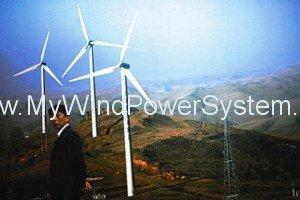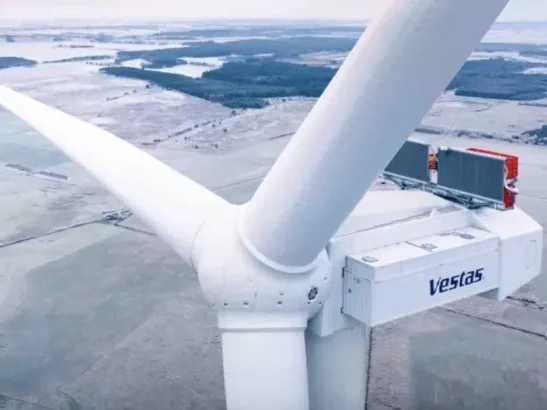We’ve become used to Chinese renewable energy companies pushing boundaries. After becoming the world leader in solar energy, the country has just built the world’s highest wind energy project.
China’s leading wind energy developer Longyuan Power (logo above) recently announced that it has installed five wind energy turbines in Nagqu prefecture in Southwest China’s Tibet autonomous region. What’s groundbreaking is that the project site is located at a height of 4,900 metres above sea level. The company plans to set up and commission 28 more turbines at the site.
Longyuan Power has had a meteoric rise. The company reported great results in power generation in July 2013. Longyuan’s power assets generated over 2.5 million MWh in July 2013, representing an increase of 20.75% compared to July the previous year. Wind energy generation increased by 36.8%. For 2013, the company’s cumulative wind energy generation increased by 32%.
However, despite China being the wind energy leader in the world, it loses million of units of electricity due to transmission losses and lack of transmission network to carry power generated from its multitude of wind energy projects. The wind-rich regions are located in the interior of the country while the demand centres are mostly located at the eastern coast of the country. However this latest development is in a wind-rich area that is closer to where power is needed and so losses will be reduced.
But having the world’s highest altitude wind farm will bring issues regarding extreme weather conditions: The high altitude means the turbines will need to deal with low temperatures, low air density and high wind speeds. As technology improves though, these difficulties are becoming easier for the wind power industry to tackle. Other countries with high mountainous areas rich in wind will be watching to see how this project fares. The wind farm is scheduled to be connected to the grid by the end of the year and will be capable of generating over 330 MW of wind energy.
Of course while there are great advantages in having wind farms perched in remote areas, there will have to be good infrastructure to ensure swift maintenance and to keep the connections to the grid smooth-flowing.





